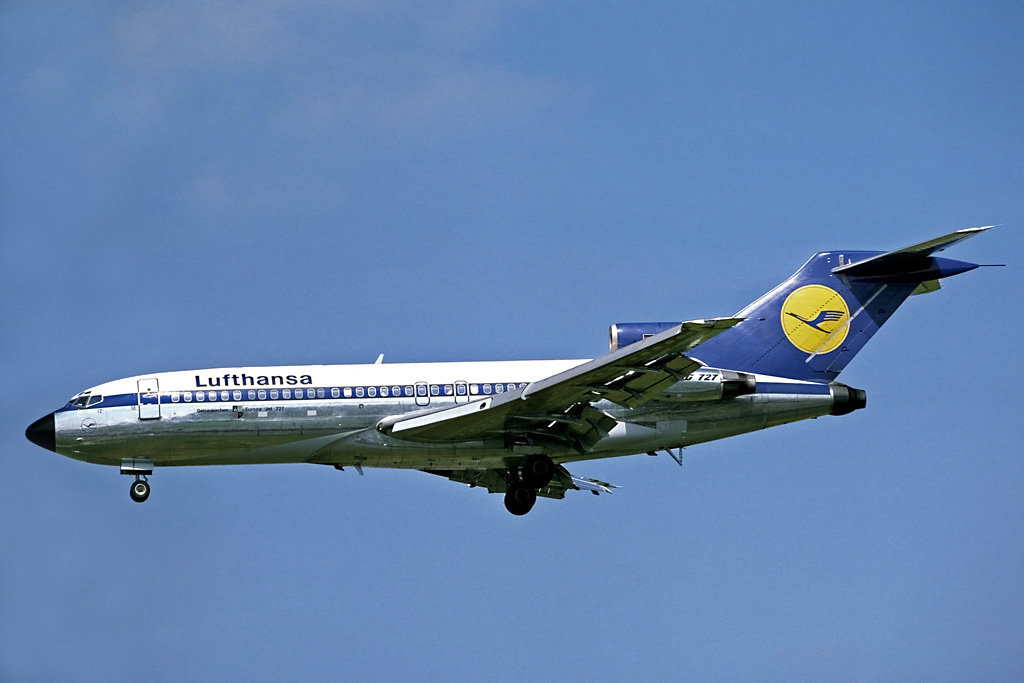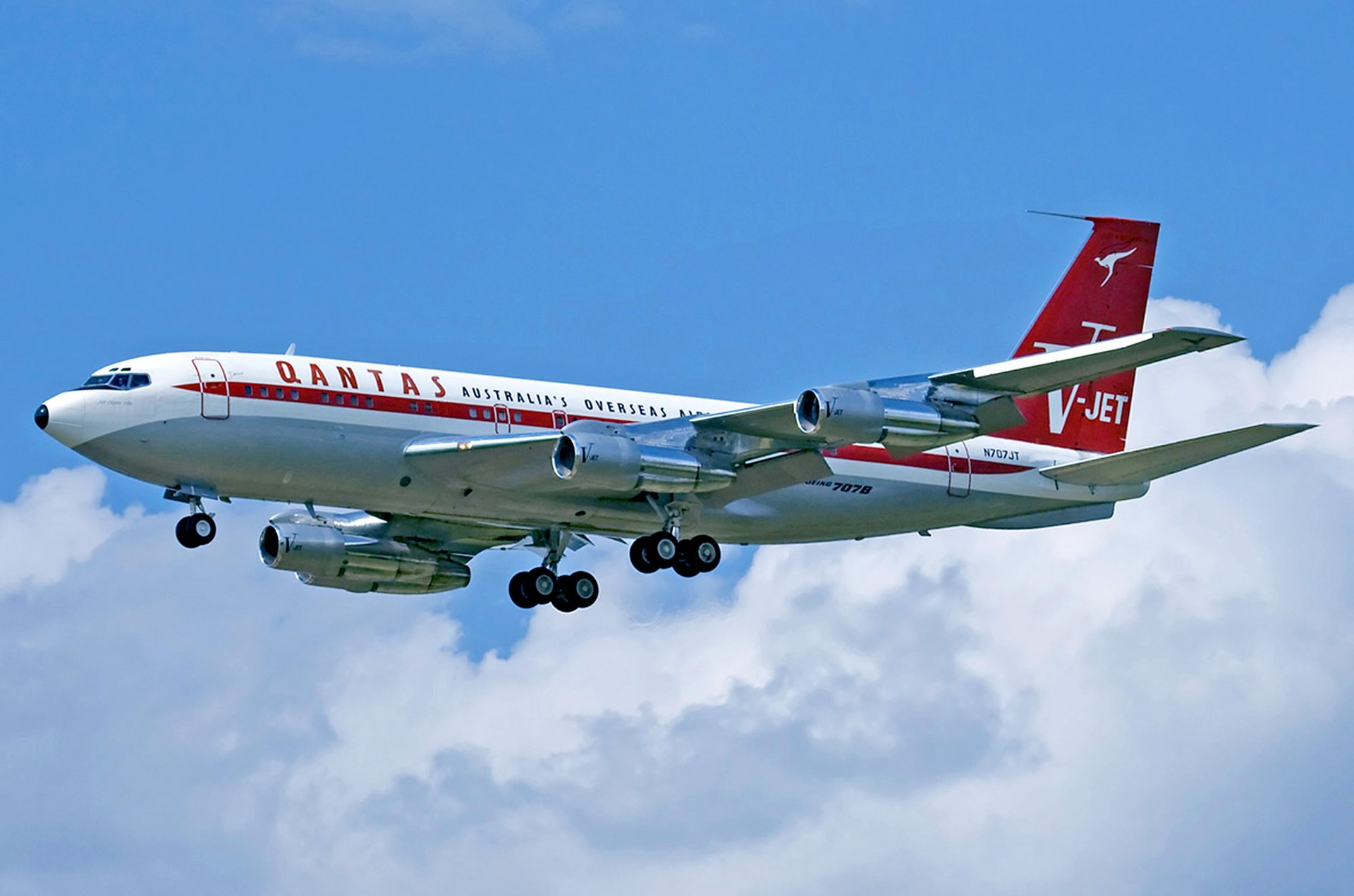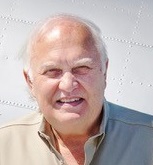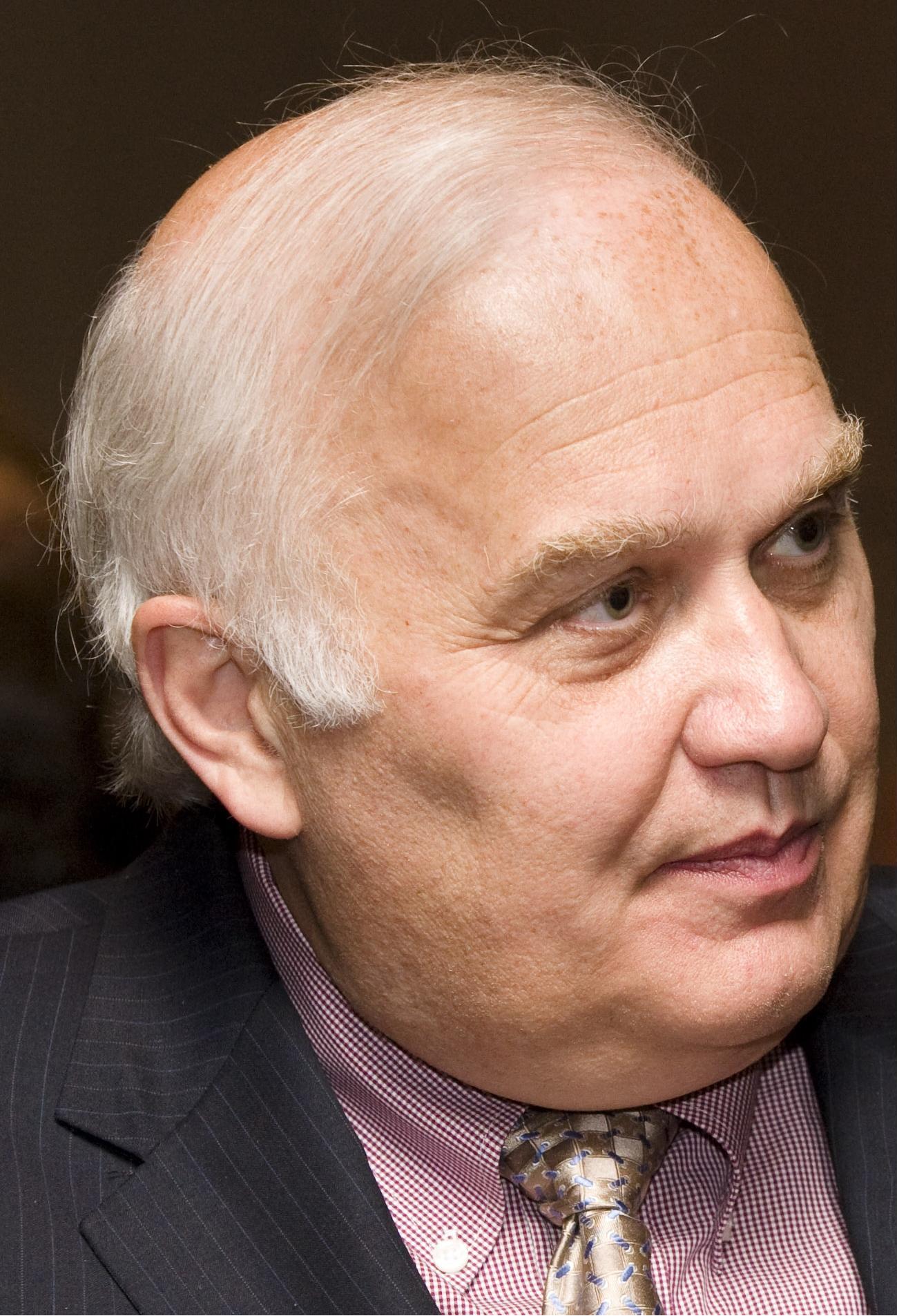Leeham News and Analysis
There's more to real news than a news release.
Engine Development. Part 5. The Turbofans go High Bypass
Subscription Required
By Bjorn Fehrm
Introduction
September 15, 2022, © Leeham News: Last week, we looked at how Pratt & Whitney’s JT8D turbofan came to dominate short-haul airliners while the JT3D had the long-range market.
The introduction of the widebody jets in the 1970s with Boeing 747, Douglas DC-10, and Lockheed Tristar brought GE and Rolls-Royce into the market. It was the start of the high bypass turbofans.
Summary
- The military TF39 for Lockheed C-5 Galaxy military transport set the benchmark for the new generation of high bypass turbofans with its 8-to-1 bypass ratio.
- Pratt & Whitney, GE, and Rolls-Royce developed civil engines along the lines of the TF39 for the new generation widebodies.
Engine Development. Part 4. Turbofans go mainstream.
Subscription Required
By Bjorn Fehrm
Introduction
September 8, 2022, © Leeham News: Last week, we analyzed the change from turbojets to turbofans for civil air transport. The jet engine was developed for high-speed military fighters and was not ideal for subsonic airliner use.
We also dwelled on why the three major engine OEMs came to different solutions for the first-generation turbofans. Now we look at the engine that made turbofans mainstream, the Pratt & Whitney JT8.
Summary
- The JT8 competed with the more developed Rolls-Royce Spey to engine the first US domestic jet airliner, the Boeing 727.
- After it captured the Boeing 727, it went on to engine all US short and median haul jets of the 1960s.
Engine Development. Part 3. The early turbofans.
Subscription Required
By Bjorn Fehrm
Introduction
September 1, 2022, © Leeham News: Last week, we looked at the motivation to change from propeller engines to jet engines as higher cruising speeds were sought for airliners.
We learned the straight jet engine, while good for military jets, wasn’t well suited for civil airliners. It was noisy and fuel-thirsty. It was why the subsequent engine development, the turbofan, was quickly accepted by the airlines.
Summary
- The first turbofans from Rolls-Royce, Pratt & Whitney, and GE had different designs.
- The advantages of the turbofan over the straight jet were quickly recognized. The turbofan has been the choice for airliners since the late 1950s.
Pontifications: First flight nears for Berlin Airlift Foundation’s replacement airplane

The left wing of the Berlin Airlift Historical Foundation Douglas C-54E was impaled by a hangar beam during a tornado. Source: BAHF.
March 8, 2021, © Leeham News: The Berlin Airlift Historical Foundation appears to be weeks away from the test flight for the replacement of the Douglas C-54E that was badly damaged last year in a tornado.
The 76-year old airplane participated in the historic 1948 airlift that brough food, coal and other goods to West Berlin after the Soviet Union initiated a ground blockade. The Soviets tried to starve the West Berliners into submission and force the former World War II Allies (Britain, France and the US) to hand over occupation of West Berlin to the Soviets, who occupied East Berlin deep inside East Germany.
Related Links
Pontifications: Last production DC-6 destined to USA
By Scott Hamilton
Sept. 21, 2020, © Leeham News: A Texas man with an affinity for the Douglas DC-6 purchased the last production model, DC-6B that is still in its original passenger configuration.

The last Douglas DC-6 produced has been stored since 2010. It’s now owned by a Texas man. Source: DC-6 Association of Africa.
The DC-6B, delivered in the waning months of 1958, is the sister ship to the famous Red Bull DC-6B that continues to be flown occasionally at air shows.
This DC-6B, registration V5-NCG, has been stored in Namibia since 2010. It once was the presidential airplane for Yugoslav’s leader, Marshal Josip Tito. The plane was then donated to the Zambian government as the presidential aircraft for Kenneth Kuanda. This aircraft and the sister ship were purchased by Namibian Commercial Airlines (NCA). The sister ship, the second-to-the-last built, was sold to Red Bull. The proceeds were used to restore V5-NCG.
More recently, it served in tourist charter work. The aircraft has the original interior. This is a rarity in restored piston airliners.
James Mac Ivor owns Nighthawk Air Systems Inc. near San Antonio. COVID-19 delayed plans to return the airplane to the air. He also still must raise funds.
Pontifications: Recertification flights for Boeing 737 MAX appear close
June 29, 2020, © Leeham News: Boeing may be set to begin recertification flights of the 737 MAX as early as today, The Seattle Times reported last week.
Testing will take three days, if all goes well. But Boeing still has a lot of work to do to fully satisfy regulators.
According to The Times, Transport Canada and Europe’s EASA require additional modifications to enhance safety on the MAX. The additional changes may not be required for certification but must be done within a year, the paper reports. The MAX 10 must have the changes before it is certified.
Pontifications: Catching up on Odds and Ends-Alaska’s Airbus fleet, first E195-E2 delivery, Boeing’s MAX rebranding question
- Take our Boeing 737 MAX rebranding poll at the end of this post.
Sept. 2, 2019, © Leeham News: It’s time to catch up on Odds and Ends.
Alaska Airlines
In its second quarter earnings call and 10Q Securities and Exchange Filing, Alaska Airlines said it was returning one Airbus A319 and two A320s off lease this year and next.
These airplanes are from its Virgin America acquisition, which introduced the Airbus family into the all-Boeing Alaska mainline operations.
Alaska officials have said several times they are evaluating whether to phase out all Airbuses and return to an all-Boeing fleet, or keep the Airbuses and operate a mixed fleet indefinitely.
I wondered if this was the start of the phase out.
“We are planning to return 1 A319 this year and 2 A320s next year at normal lease expiration,” Brandon Pederson, EVP and CFO of the company, wrote LNA. “This is not part of a broader fleet decision, nor a phase out of the smaller Airbus aircraft. Leases on the remaining 50 A319/A320 aircraft in the fleet have varying maturities through 2025.”
Pontifications: Airbus-the First 50 Years
Book Review
July 8, 2019, © Leeham News: When a company authorizes or sponsors a book about some major event, the book is usually a puff piece meant for the coffee table in reception.
Airbus authorized the book, Airbus: The First 50 Years, but it’s no puff piece. It’s an honest, candid accounting of how the company came to be, navigating through country and corporate politics, face offs with rival Boeing, reporting the insider trading allegations and ending with the as-yet unfinished corruption scandal investigations.
Nicola Clark, the aerospace reporter for the International Herald Tribune, did a superb job up to her usual reporting standards while avoiding the puff pieces that usually come with an authorized book.
How Boeing named, promoted the MAX in early days
Subscription Required
Now open to all readers
Introduction
May 16, 2019, © Leeham News: As a Congressional investigation into the Federal Aviation Administration’s oversight and certification of the Boeing 737 MAX development ramps up, LNA dipped into its archives to review what the company was telling the public.
 The MAX was hastily launched in July 2011, when American Airlines informed Boeing it was about to place a record-setting order for nearly 500 airplanes. Airbus was lined up to snare it all with the A320ceo and neo families unless Boeing could make a credible offer.
The MAX was hastily launched in July 2011, when American Airlines informed Boeing it was about to place a record-setting order for nearly 500 airplanes. Airbus was lined up to snare it all with the A320ceo and neo families unless Boeing could make a credible offer.
Within 48 hours, Jim McNerney, then-CEO of Boeing, made the decision to launch the re-engined design of the 737. This later was branded the MAX.
It was a plane Boeing designed but didn’t want to build.
Once launched, Boeing had to play catch up to Airbus, which had a seven month lead with its neo. The public messaging was long on bashing the A320. There were few technical details presented in public, but the basis for what’s become in focus today after two fatal crashes was there.
Summary
- Boeing promoted commonality between NG and MAX.
- Making a virtue of basic design.
- Integrating the larger engines.
- Promoting the same simulators.
Everett-based DC-3 leaves Saturday for D-Day, Berlin Air Lift celebrations
May 9, 2019, © Leeham News: D-Day is June 6, 1944. The start of the Berlin Air Lift is June 24, 1948.
The Historic Flight Foundation (HFF), located at Paine Field, Saturday afternoon embarks on a multi-week trip from Paine to England in its historic Douglas DC-3.
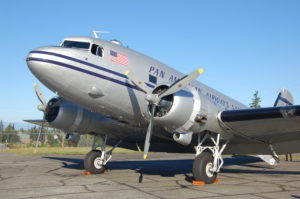
This Douglas DC-3, owned by the Historic Flight Foundation, saw service in World War II in the Pacific theatre. It leaves Saturday for Europe to participate with about 30 other DC-3s/C-47s in ceremonies for the D-Day invasion of Europe and the Berlin Air Lift. Photo by Scott Hamilton.
The trip includes 54 flying hours, event and rest stops along the way and rendeveouing with 30 more DC-3s/C-47s, D-Day events in France and Air Lift events in Berlin.
HFF’s DC-3 didn’t participate in the European theatre of war, but it is an historical airplane. It was in the Pacific theatre, operated by CNAC, a Chinese airline in which Pan American World Airways had a financial interest. The airplane is decked out in period Pan Am colors.
- 9am Saturday, May 11, HFF has a “fly day” as a prelude to the 3pm departure of the DC-3 for Europe. Static and aerials displays are planned. Rides are possible. HFF is on the west side of Paine Field, with the entrance on Bernie Webber Drive.
For HFF founder John Sessions, this trip is especially significant. He was nearly killed in the crash of another HFF plane he was piloting last August at the Abbottsford Air Show. His left leg was amputated below the knee.
Now fitted with a prosthetic lower leg and foot, Sessions returned to flight status just a week ago after going through flight testing, including on the DC-3.



